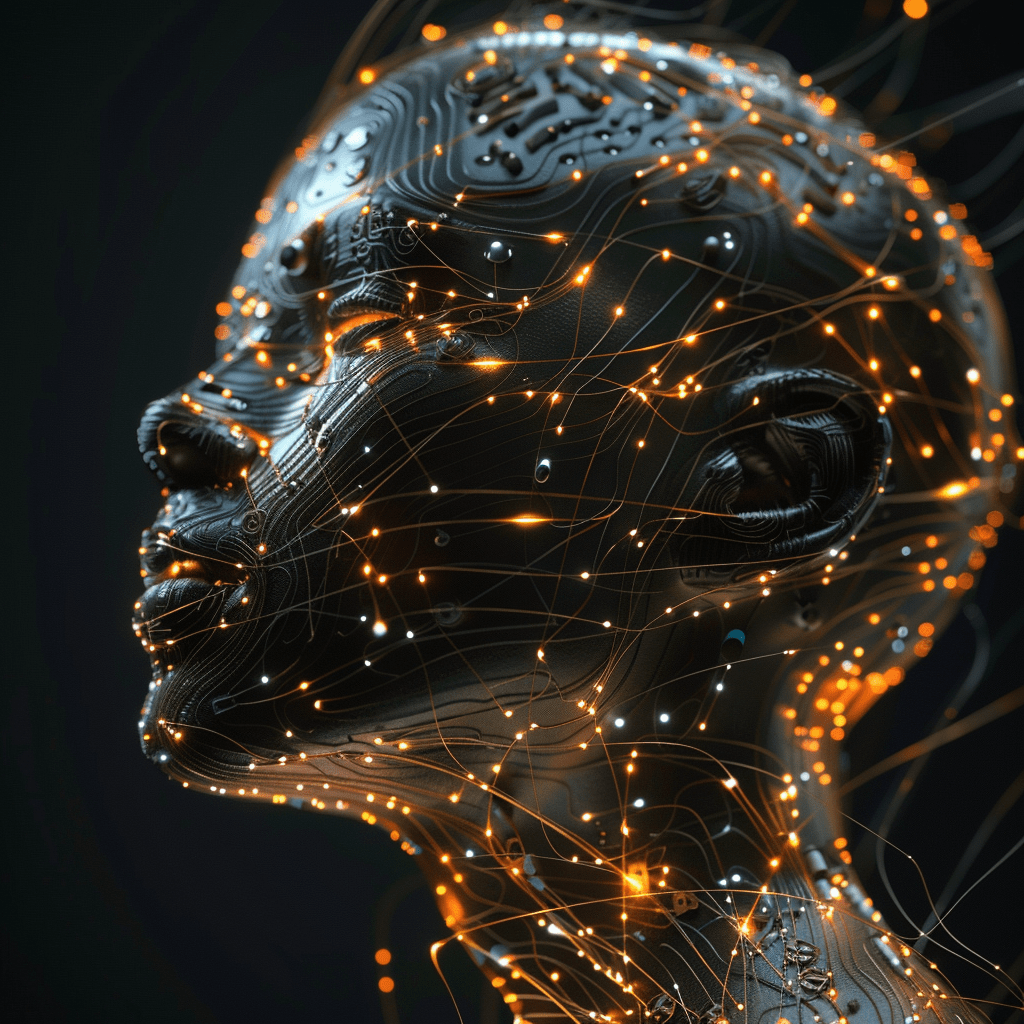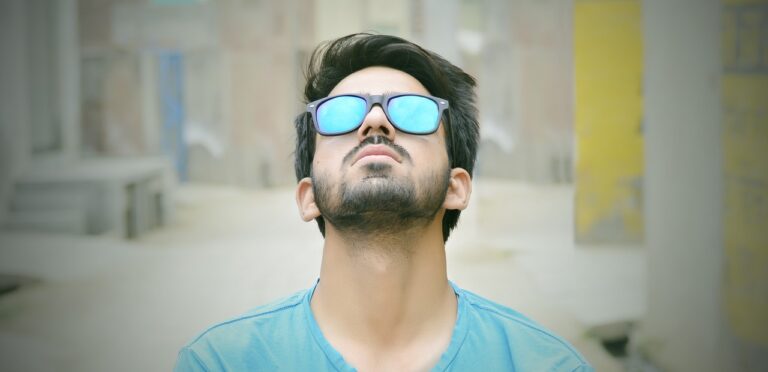HUMAN CAPACITORS
By William C Bushell
Writing in the journal, Progress in Biophysics and Molecular Biology, leading researchers Funk and Scholkmann (2023), citing multiple recent sources (and see last installment), state the following at the beginning of their 3-part review series:
“Significant new findings about the role of bioelectricity to understand biological functions have been made in the last couple of years [15 key articles cited here]…The field of bioelectricity is growing, and more fundamental discoveries are just around the corner due the increasing interest as well as the novel and refined methods now available, from microscopy to novel tools in cell and molecular biology, to high precision biosignal measurements and computational modelling. It is not an exaggeration to state that we are currently witnessing the beginning of a “bioelectricity revolution”…aiming, for example, to crack the “bioelectric code”…(as an analogy to the genetic code) and to research the “electrome” (the sum of all electrical aspects)…of organisms“ (my bold and italics; and see also Adams et al 2022; Funk et al 2009; De Loof et al 2013; Levin & Martyniuk 2018; also see the new book of science journalism by Sally Adee, 2023).
What is missing from this and other revolutionary proclamations on bioelectricity – as truly key and major as they are – is the basic recognition of the potential human capacity to access, amplify, cultivate, control, and utilize endogenous, innate, inner resources of human bioelectricity*; to utilize these bioelectric resources for the purposes of self-healing, self-protection from various destructive agents, to optimize health and functioning, and to enhance and even possibly extend the human lifespan and health span, potentially in a relatively youthful state. The absence of the recognition of this human dimension of bioelectricity is largely due, in turn, to the absence of the recognition of the true nature and extent of the innate human “mind-body” potential, ie, to the ignorance of the existence of what we are calling Adepts in this series (and other publications), and the latters’ profound abilities to access and utilize such innate resources (see Bushell 1990, 1995, 2009; Bushell, Spector, Theise 2009; Bushell et al, in progress). This point has been made and returned to numerous times in the course of this series.
Connected to this lacuna in Western science is the failure to formally recognize, acknowledge, and appropriately integrate the knowledge systems of cultures other than the dominant Western culture, particularly the Western culture of science, as we have also pointed out several times already in this series. While of course this state of affairs has been changing, particularly over the past several decades, with the integration of meditation, yoga, and related phenomena into the domain of Western scientific research – resulting in the development of a truly cosmopolitan, no longer just Western, form of science – there are still enormously important related subjects to be further recognized and integrated. And I am of course here referring to the subject of adepts. The concept – and construct – of the adept is in fact one which is primarily psychologically, culturally foreign to the West. We have seen earlier in this series that this gap in the understanding of human nature (and specifically human potential) is connected with the absence of knowledge about the profound capacities for rapid and uncomplicated wound healing, tissue regeneration, and tissue protection; the control of pain, bleeding, and infection; and the ability to survive normally lethal conditions of freezing temperatures, hypoxia/anoxia, deep states of hypometabolism, and related conditions. We will next be looking more fully into a rather uncharted realm, that of innate human resources of bioelectrical energies, which may indeed lead to some of the most horizon-expanding phenomena yet, in our survey of the abilities of adepts.
*Note: definition from last installment cited here: “this term is used heuristically as shorthand for a range of such forms of related energy, including bioelectromagnetism; and also as at least as a rough, operationally-defined equivalent of Asian terms such as qi, prana, etc.”
References
Adams DS, Djamgoz M, Levin M, Zhao M, Rajnicek A, Nuccitelli R, Arcangeli A, Kramer R, Bates EA. The Bioelectricity Revolution: A Discussion Among the Founding Associate Editors. Bioelectricity. 2019 Mar 1;1(1):8-15. doi: 10.1089/bioe.2018.28999.rtl. Epub 2019 Mar 18. PMID: 34471803; PMCID: PMC8370260.
Adee S, 2023. We Are Electric: Inside the 200-Year Hunt for Our Body’s Bioelectric Code, and What the Future Holds. NY: Hachette.
Bushell WC, 1990. “Altered States of Consciousness (ASCs) and Enhanced Psychophysiological Functioning (EPF): Psychobiology, Anthropology, History,” HYPNOSIS, TRANCE AND HEALING IN CROSS-CULTURAL PERSPECTIVE. American Anthropological Association (Society for the Anthropology of Consciousness). New Orleans, LA.
Bushell WC, 1995. Psychophysiological and Comparative Analysis of Ascetico-Meditational Discipline: Toward A New Theory of Asceticism. In VL Wimbush and R Valantasis, eds. Asceticism; Oxford University Press Reference Volume.
Bushell WC. Preface. Longevity, Regeneration, and Optimal Health: Integrating Eastern and Western Perspectives. Ann N Y Acad Sci. 2009 Aug;1172: 1-4. doi: 10.1111/j.1749-6632.2009.04412.x. PMID: 19735241.
Bushell WC, Spector NH, Theise ND. From the global to the local: possible pathways for the transduction of Indo-Sino-Tibetan cognitive-behavioral practices into site-specific, tissue-regenerative effects. Ann N Y Acad Sci. 2009 Aug;1172:74-87. doi: 10.1111/j.1749-6632.2009.04412.x. PMID: 19735241.
De Loof A, De Haes W, Boerjan B, Schoofs L. The Fading Electricity Theory of Ageing: the missing biophysical principle? Ageing Res Rev. 2013 Jan;12(1):58-66. doi: 10.1016/j.arr.2012.08.001. Epub 2012 Aug 23. PMID: 22940501.
Funk RH, Monsees T, Ozkucur N. Electromagnetic effects – From cell biology to medicine. Prog Histochem Cytochem. 2009;43(4):177-264. doi: 10.1016/j.proghi.2008.07.001. Epub 2008 Sep 18. PMID: 19167986.
Funk RHW, Scholkmann F. The significance of bioelectricity on all levels of organization of an organism. Part 1: From the subcellular level to cells. Prog Biophys Mol Biol. 2023 Jan;177:185-201. doi: 10.1016/j.pbiomolbio.2022.12.002. Epub 2022 Dec 5. PMID: 36481271.
Levin M, Martyniuk CJ. The bioelectric code: An ancient computational medium for dynamic control of growth and form. Biosystems. 2018 Feb;164:76-93. doi: 10.1016/j.biosystems.2017.08.009. Epub 2017 Sep 2. PMID: 28855098; PMCID: PMC10464596.






